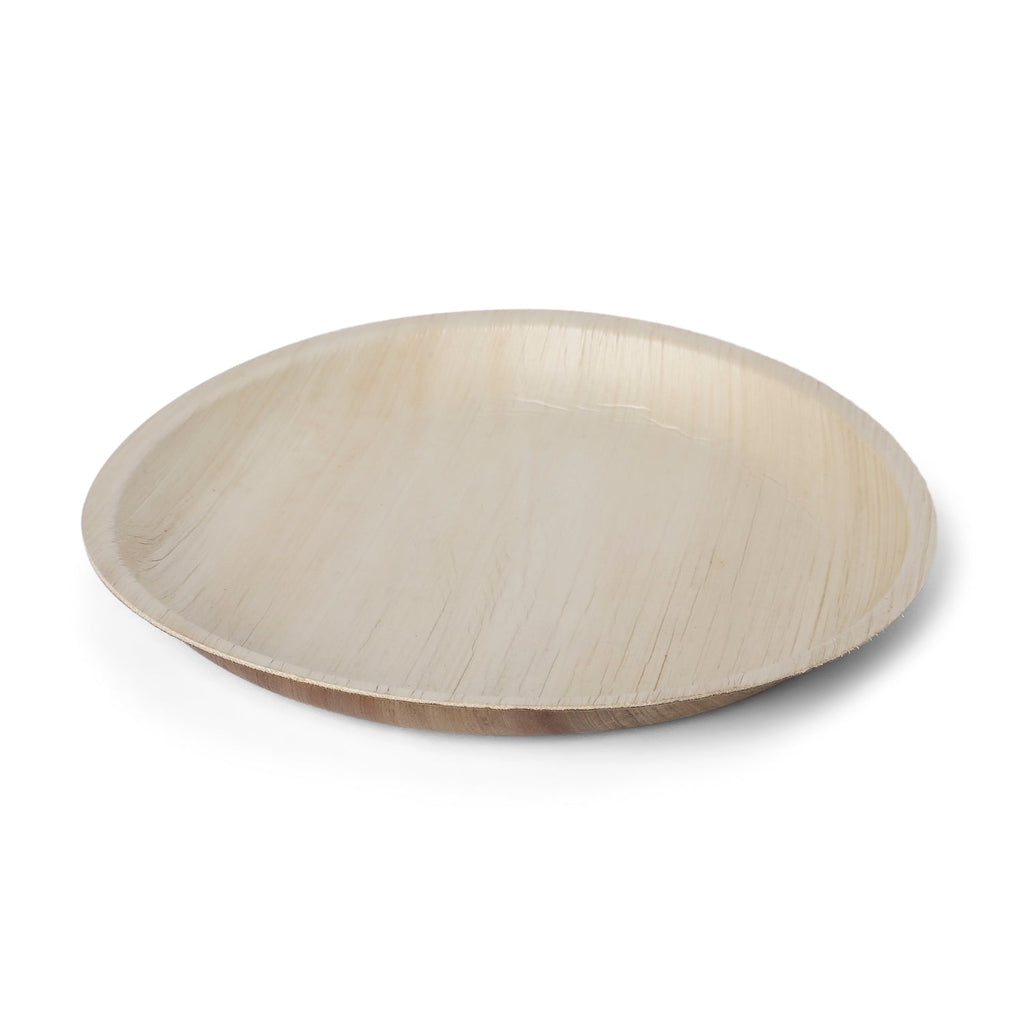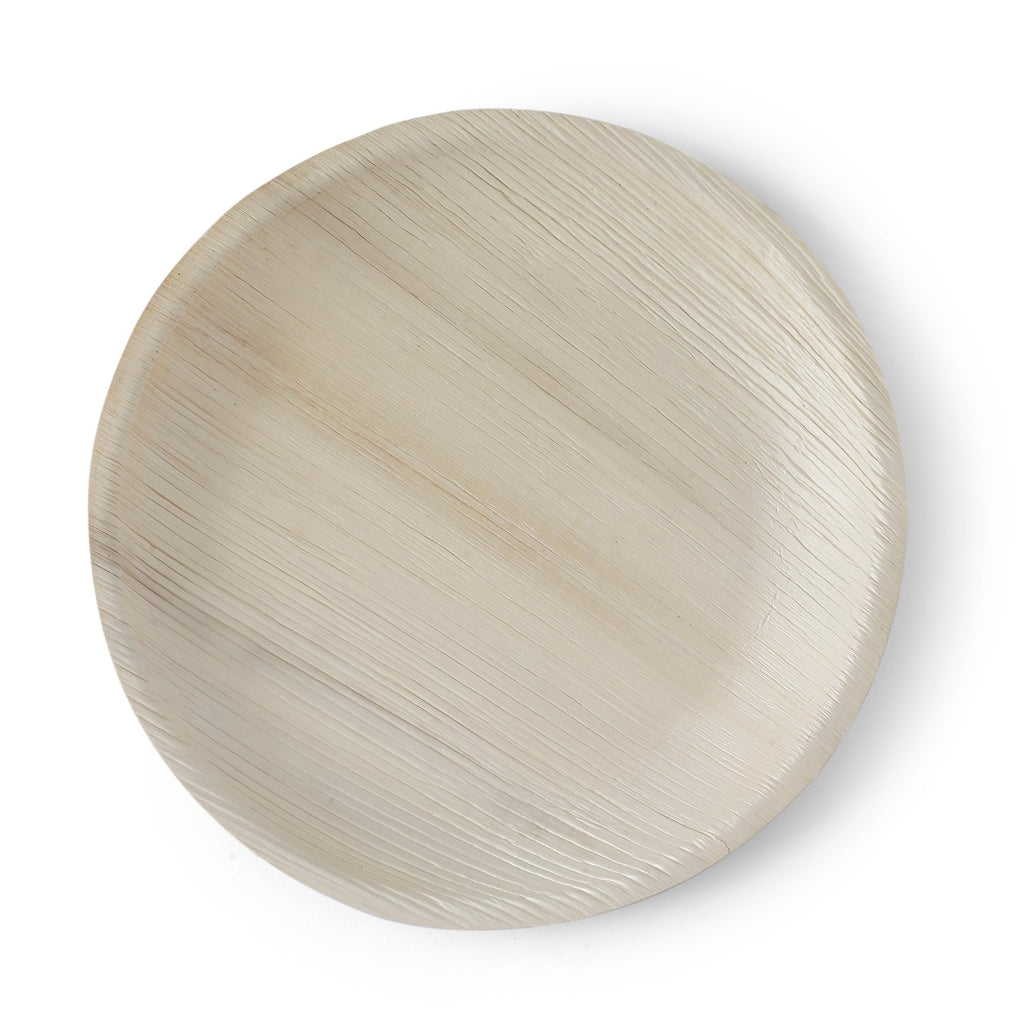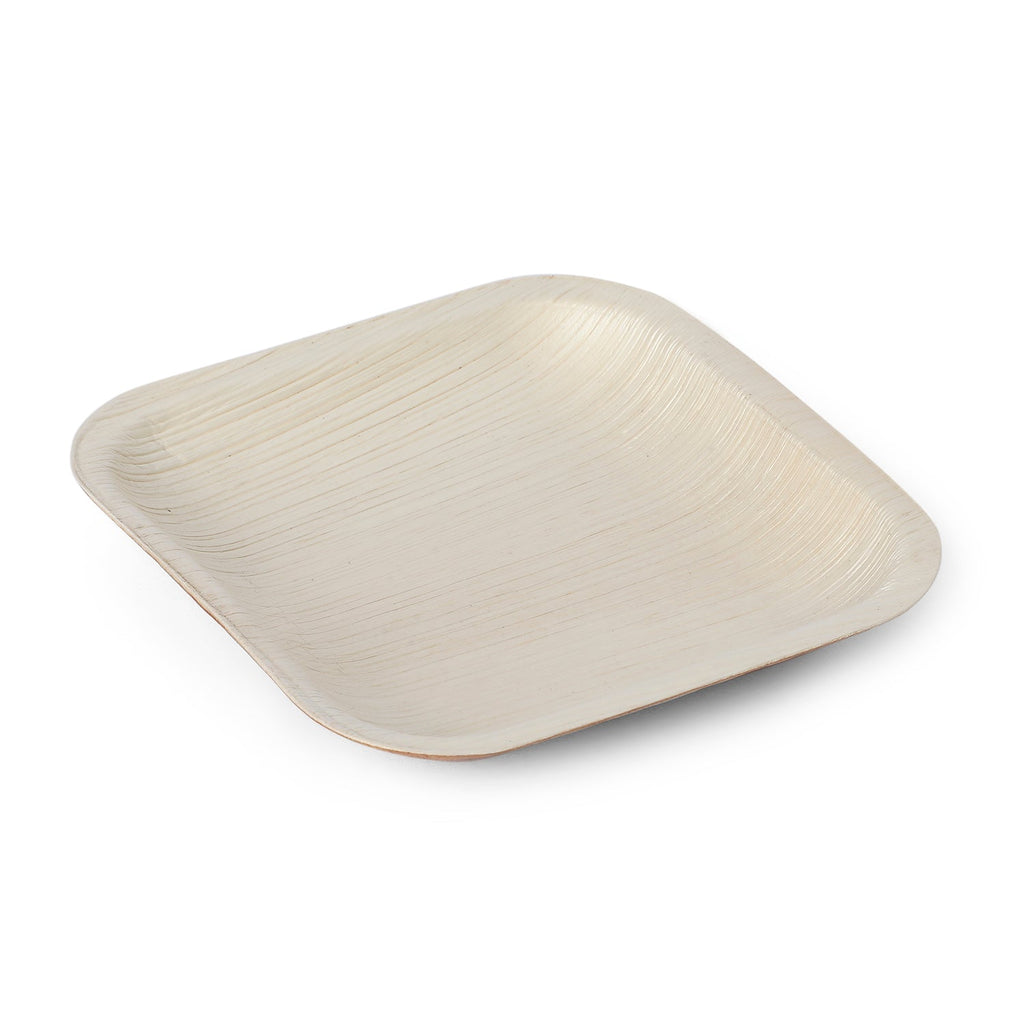
The Ultimate Guide to Choosing the Best Types of Disposable Plates for Every Occasion

When hosting an event, whether it’s a small casual gathering or a grand celebration, choosing the right tableware is essential. Disposable plates offer a convenient and cost-effective solution, but with so many options available, it can be overwhelming to decide which one is best. The types of disposable plates you choose can influence the success of your event, making it important to understand the differences between them.
As sustainability becomes more important in today’s world, many consumers are also looking for eco-friendly alternatives to traditional plastic plates. The demand for sustainable, biodegradable, and compostable types of disposable plates has grown significantly, making it possible to choose an option that aligns with both your practical needs and environmental values.
This comprehensive guide will explore the various types of disposable plates, their advantages, disadvantages, and the best occasions to use them. By the end, you'll have all the knowledge you need to choose the perfect disposable plate for your next event.
Why Use Disposable Plates?
Disposable plates are a convenient option for many occasions, from picnics and barbecues to weddings and corporate events. Here are some of the main reasons why they are commonly used:
Convenience & Time-Saving
One of the biggest reasons people opt for types of disposable plates is the convenience they offer. Whether you're hosting a large event or a simple gathering, disposable plates save time on cleanup. After the event, all you need to do is toss them away, rather than washing and storing them. This is especially helpful when there are numerous guests and a significant amount of food to serve.
Hygienic & Single-Use
Another reason disposable plates are popular is their hygienic, single-use design. With each guest using a clean plate, there’s no worry about contamination. Disposable plates help ensure that your guests are always served fresh and clean tableware, especially in events where people are eating from shared serving trays.
Sustainability Concerns
As awareness of plastic pollution grows, many people are shifting towards eco-friendly options. With the rise of eco-friendly types of disposable plates made from biodegradable and compostable materials, consumers are finding ways to reduce their environmental impact. Many of these plates break down naturally over time, leaving behind little to no waste.

Types of Disposable Plates and Their Benefits
There are various types of disposable plates available, each suited to different needs. Let’s dive deeper into each one to explore their benefits, drawbacks, and best uses.
A. Plastic Disposable Plates
Pros:
Plastic plates are one of the most common and affordable types of disposable plates available. They come in a variety of shapes, sizes, and colors, allowing them to suit almost any occasion. These plates are strong, lightweight, and can hold a variety of food items without breaking or bending.
Cons:
Despite their durability, plastic plates are non-biodegradable and can take hundreds of years to decompose in a landfill. As a result, they contribute to environmental pollution. Additionally, they cannot be recycled in many areas, adding to their negative environmental impact.
Best Used For:
Plastic plates are best for large-scale events, such as casual parties, picnics, or BBQs, where cost-effectiveness and durability are more important than eco-friendliness.
B. Eco-Friendly Disposable Plates
Pros:
Eco-friendly types of disposable plates are made from materials like bamboo, sugarcane, or palm leaves, all of which are biodegradable and compostable. These plates are perfect for those who want to minimize their environmental impact while still providing a convenient and stylish tableware option. Eco-friendly plates are made from renewable resources and break down naturally, leaving behind no harmful residues.
Cons:
The main downside to eco-friendly plates is their higher cost compared to traditional plastic or paper plates. However, this cost is often justified by the environmental benefits they offer.
Best Used For:
Eco-friendly plates are ideal for weddings, upscale parties, and corporate events where sustainability is a priority. They are also great for environmentally conscious consumers looking to make a positive impact.
C. Paper Plates
Pros:
Paper plates are a lightweight and affordable option. They are typically recyclable and can be used for a variety of casual events. These plates are ideal for serving light foods, snacks, and desserts. Paper plates come in many different designs and sizes, making them versatile for different types of gatherings.
Cons:
While paper plates are recyclable, they are not suitable for hot, greasy, or liquid-heavy foods, as they can easily become soggy. Their structure may also weaken when holding heavier items.
Best Used For:
Paper plates are best for casual events like picnics, children’s parties, or quick snacks. They offer an inexpensive solution for light meals.
D. Sugarcane Bagasse Plates
Pros:
Sugarcane bagasse plates are a fantastic eco-friendly alternative made from the pulp of sugarcane. These plates are compostable, sturdy, heat-resistant, and leak-proof, making them ideal for both hot and cold foods. They are also strong enough to hold heavier meals without breaking.
Cons:
The main disadvantage is the higher cost compared to paper plates, but this is offset by the durability and eco-friendliness of the product.
Best Used For:
Sugarcane bagasse plates are perfect for catering events, formal gatherings, and situations where both durability and sustainability are needed.
E. Palm Leaf Plates
Pros:
Made from naturally fallen palm leaves, these plates are completely natural, biodegradable, and compostable. Palm leaf plates have a rustic, elegant look, making them perfect for upscale events. They are also very strong and can handle heavy, wet, and hot foods without becoming soggy or weak.
Cons:
Palm leaf plates are typically more expensive than paper or plastic plates, but their unique aesthetic and premium feel make them worth the investment for many events.
Best Used For:
Palm leaf plates are best used for weddings, fine dining setups, and high-end eco-friendly events where both style and sustainability are important.
F. Bamboo Plates
Pros:
Bamboo plates are both reusable and compostable, offering a durable and stylish option for many events. These plates are made from bamboo fibers, which are strong yet lightweight. They can hold a variety of foods without bending or leaking.
Cons:
Bamboo plates are more expensive than other types of disposable plates, but they offer a long-lasting solution that balances both sustainability and functionality.
Best Used For:
Luxury catering, eco-conscious gatherings, and events where both durability and environmental responsibility are important.

How to Choose the Right Disposable Plate?
When choosing from the wide range of types of disposable plates, there are several factors to consider. Here are some tips to help you make the right decision:
Consider the Occasion
The type of event will play a large role in determining the best types of disposable plates. Casual gatherings may require paper or plastic plates, while formal events such as weddings may call for eco-friendly options like bamboo or palm leaf plates.
Material & Durability
Choose a material that matches the food you will be serving. If you’re serving hot, greasy, or liquid-heavy meals, opt for stronger options like sugarcane bagasse or bamboo plates. These materials can withstand higher temperatures without becoming soggy or weak.
Eco-Friendliness & Compostability
If sustainability is important to you, consider types of disposable plates made from biodegradable or compostable materials like bamboo, palm leaf, or sugarcane. These plates break down naturally, leaving no harmful waste behind.
Budget Constraints
Eco-friendly plates tend to be more expensive than traditional plastic or paper plates. If you're working within a budget, plastic or paper plates may be a more affordable option. However, eco-friendly plates can be a worthwhile investment for those who want to make a positive environmental impact.
Where to Buy High-Quality Disposable Plates?
If you’re looking for high-quality, eco-friendly types of disposable plates, consider shopping from brands like Just a Leaf. They offer a range of 100% organic, palm leaf-based plates that are not only beautiful but also sustainable and biodegradable. Whether you're planning a small gathering or a large event, Just a Leaf has you covered with their stylish and eco-conscious options.
Upgrade Your Tableware with Just a Leaf!
For stylish, sustainable, and durable disposable plates, Just a Leaf offers 100% organic, palm leaf-based plates. These plates are eco-friendly, biodegradable, and perfect for any occasion, from casual dining to grand celebrations. Visit Just a Leaf and make a sustainable choice today!
Conclusion
Choosing the right types of disposable plates is crucial for both the success of your event and the environmental impact you leave behind. Whether you're hosting a casual picnic or a luxurious wedding, there’s a plate that fits your needs. From durable plastic plates to elegant palm leaf and bamboo plates, the options are endless. By choosing eco-friendly alternatives, you can help reduce waste while still enjoying the convenience of disposable tableware.
Remember, when you want sustainable and stylish disposable plates, Just a Leaf offers the best in eco-friendly solutions. Make the right choice today and elevate your next event with beautiful, sustainable dinnerware.
Frequently Asked Questions
Q1. What are the most eco-friendly types of disposable plates?
Ans. The most eco-friendly options include palm leaf, bamboo, and sugarcane bagasse plates, which are biodegradable and compostable.
Q2. Are plastic plates recyclable?
Ans. Traditional plastic plates are not recyclable in most places and can contribute to pollution. Eco-friendly alternatives are a better option for the environment.
Q3. Can I use paper plates for hot foods?
Ans. Paper plates are not ideal for hot or greasy foods as they can become soggy. Opt for more durable options like bamboo or sugarcane plates for hot foods.
Q4. Which type of disposable plate is best for weddings?
Ans. Palm leaf and bamboo plates are great choices for weddings due to their elegant appearance and eco-friendliness.
Q5. Are there any disposable plates that are both reusable and compostable?
Ans. Bamboo plates are reusable, and once they are no longer in use, they can be composted, making them both durable and eco-friendly.
Q6. Are eco-friendly disposable plates more expensive than plastic plates?
Ans. Yes, eco-friendly plates like palm leaf and bamboo plates tend to be more expensive than plastic plates, but they offer significant environmental benefits.
Q7. Can I microwave disposable plates?
Ans. Plastic plates are generally not microwave-safe, while bamboo and sugarcane bagasse plates are usually safe for use in the microwave.
Q8. Where can I buy eco-friendly disposable plates?
Ans. You can find high-quality, sustainable plates at brands like Just a Leaf, which offer a range of palm leaf-based and compostable plates.





